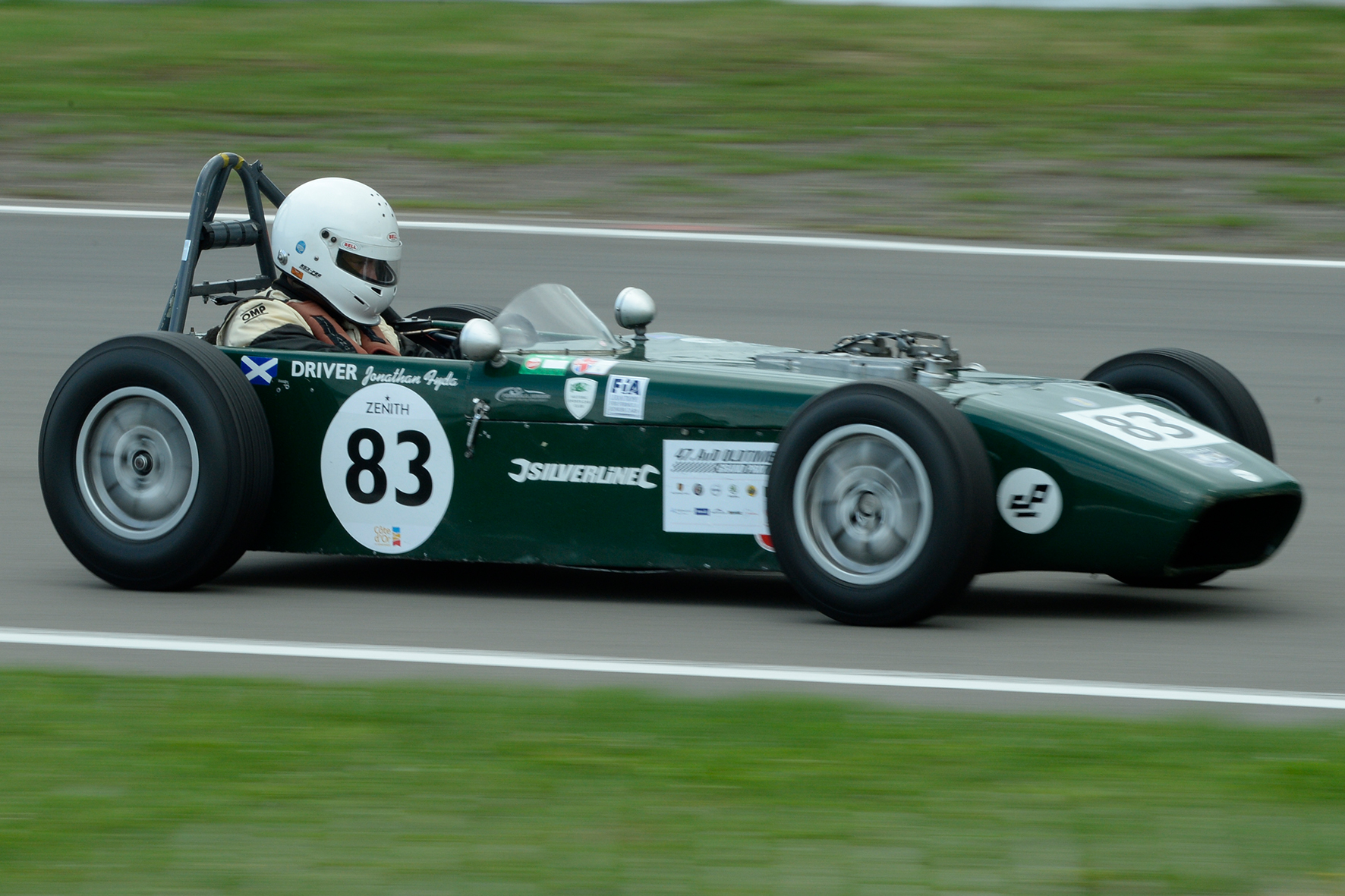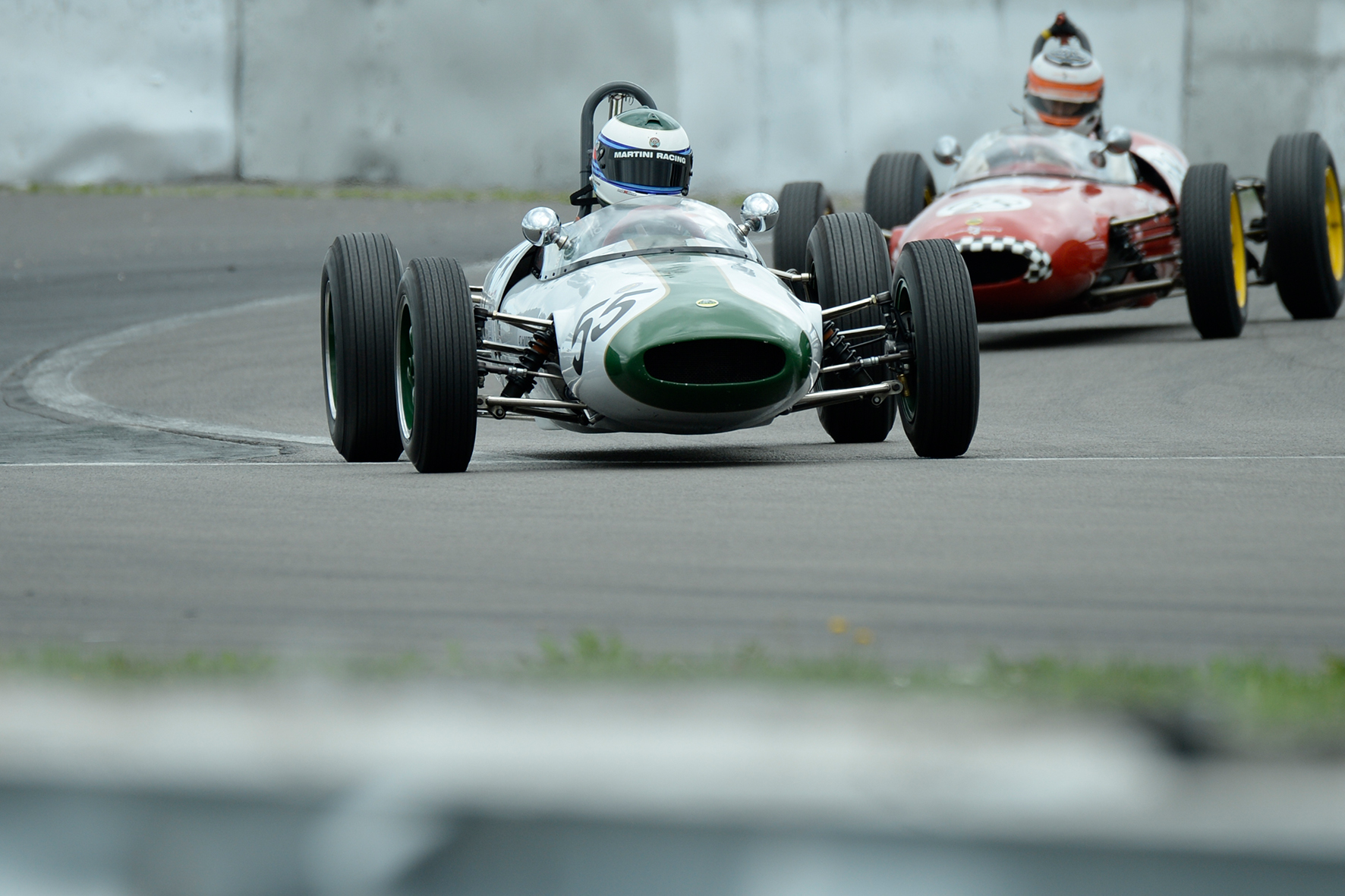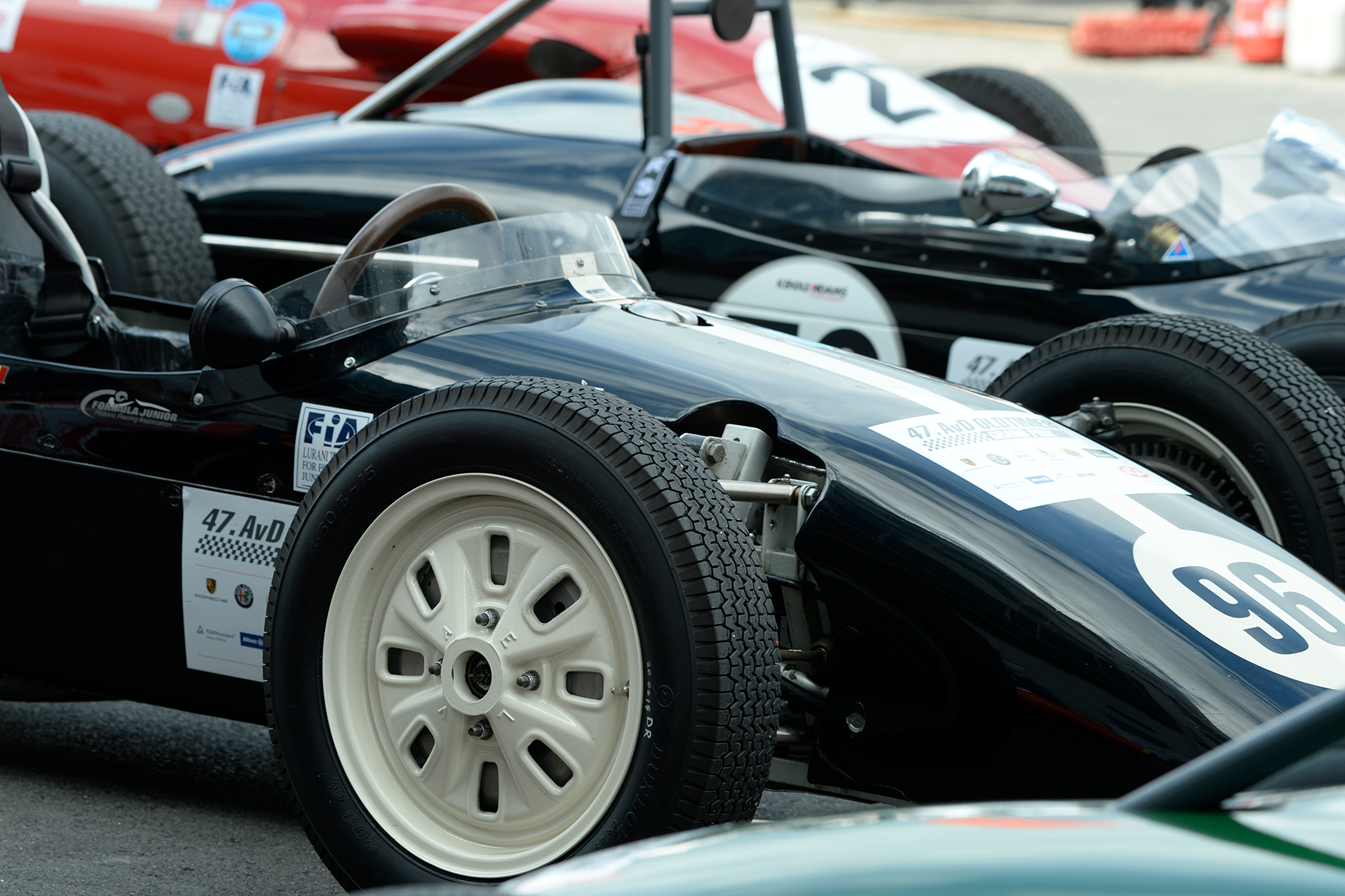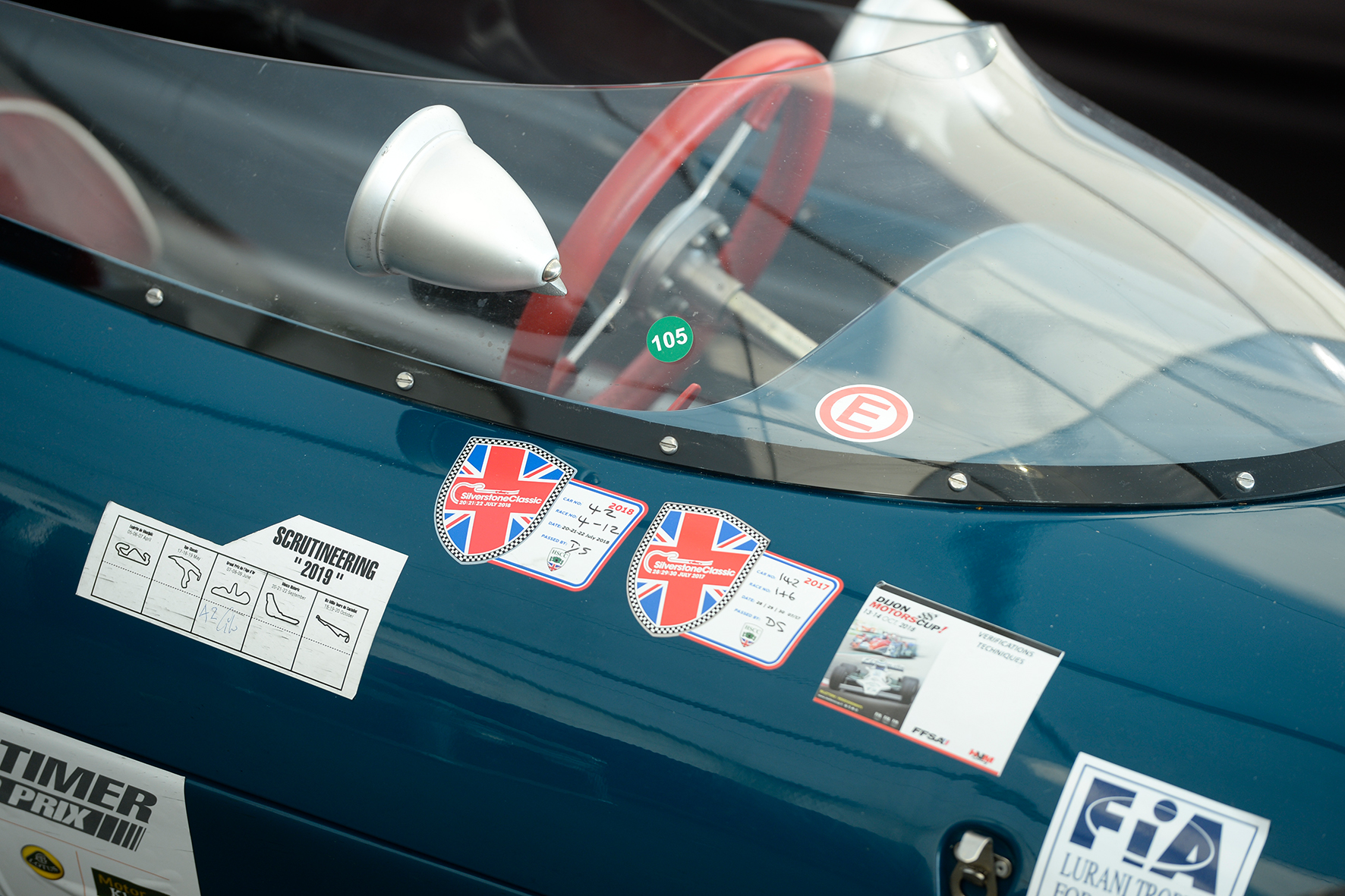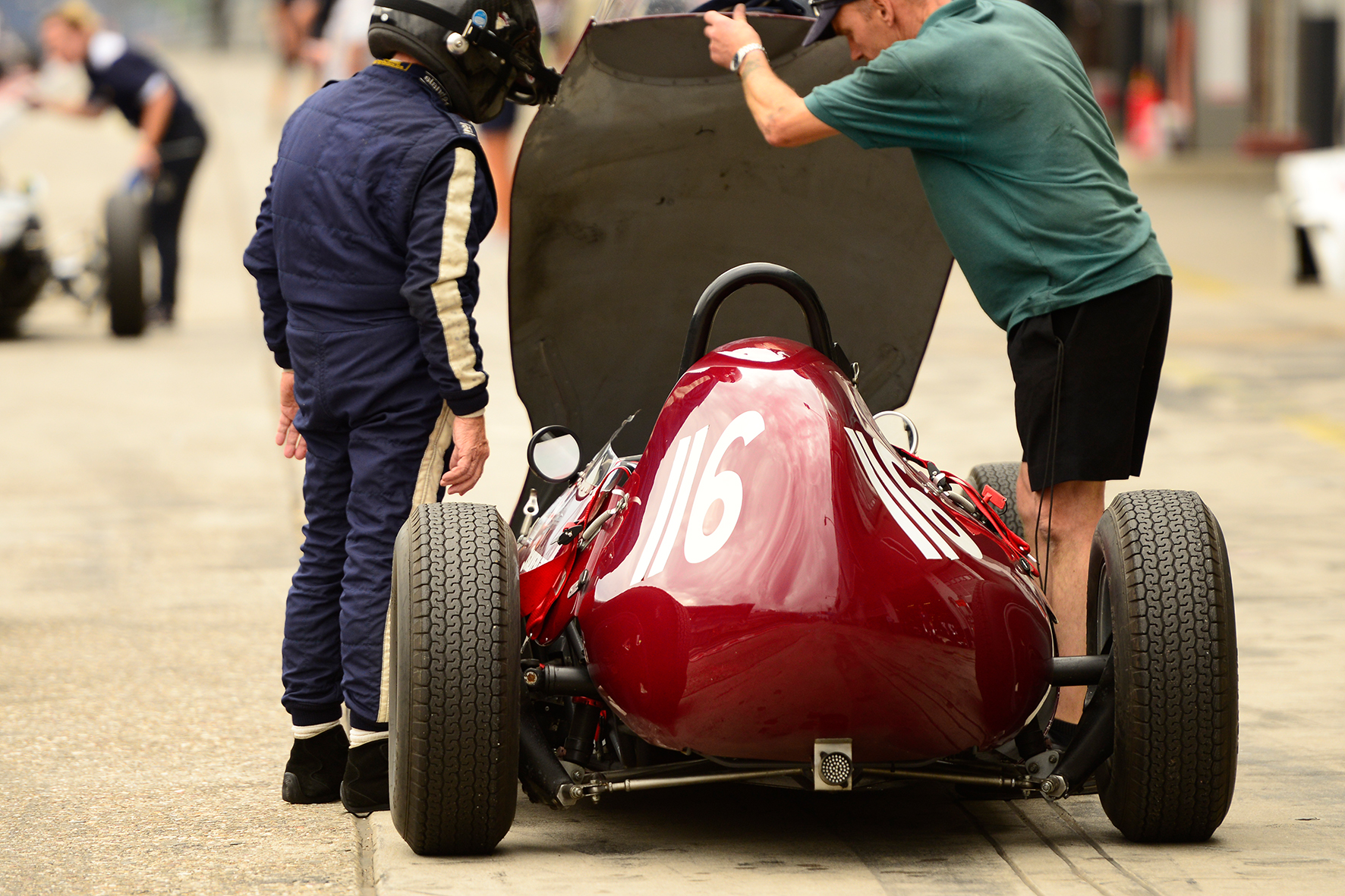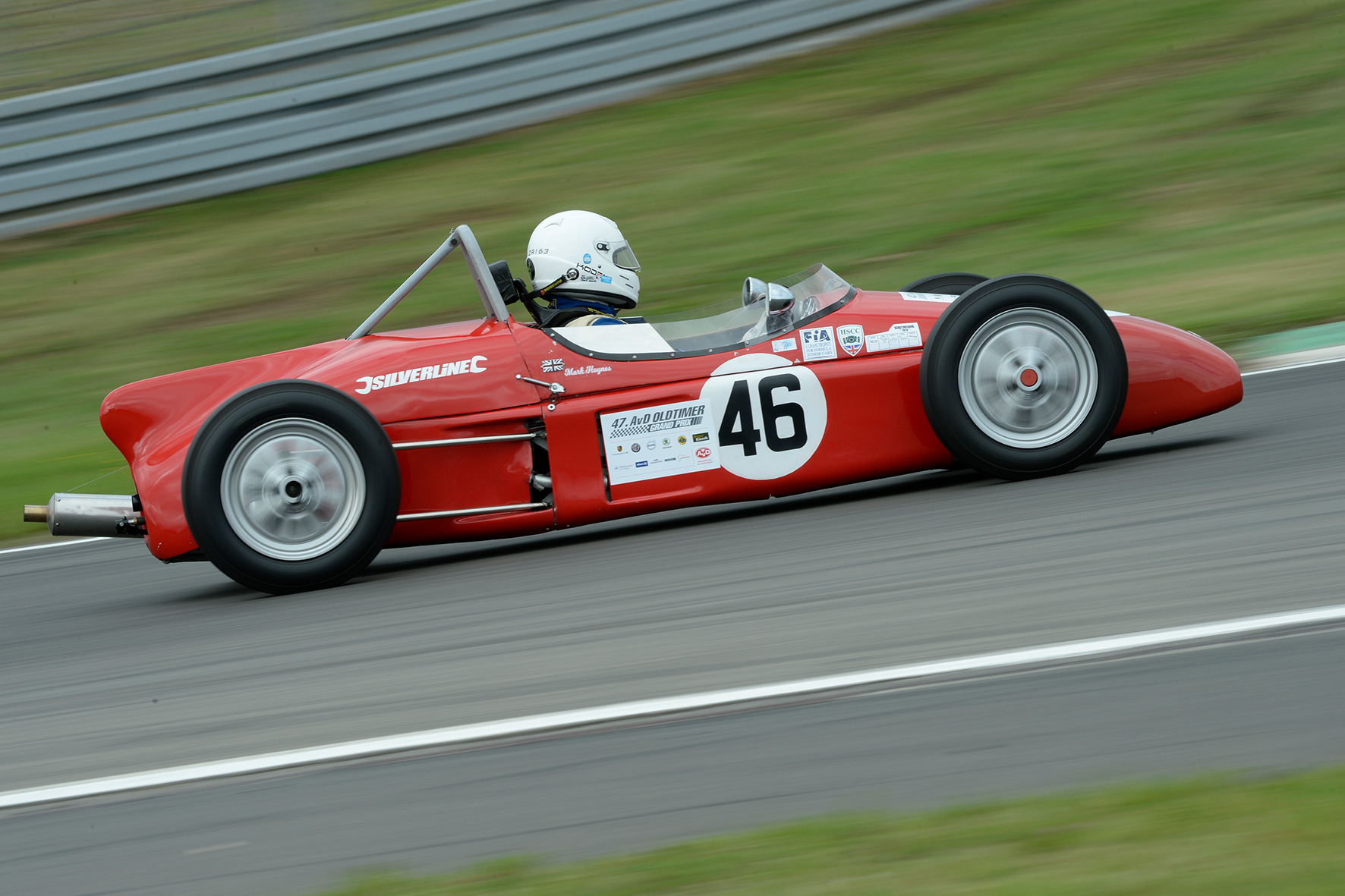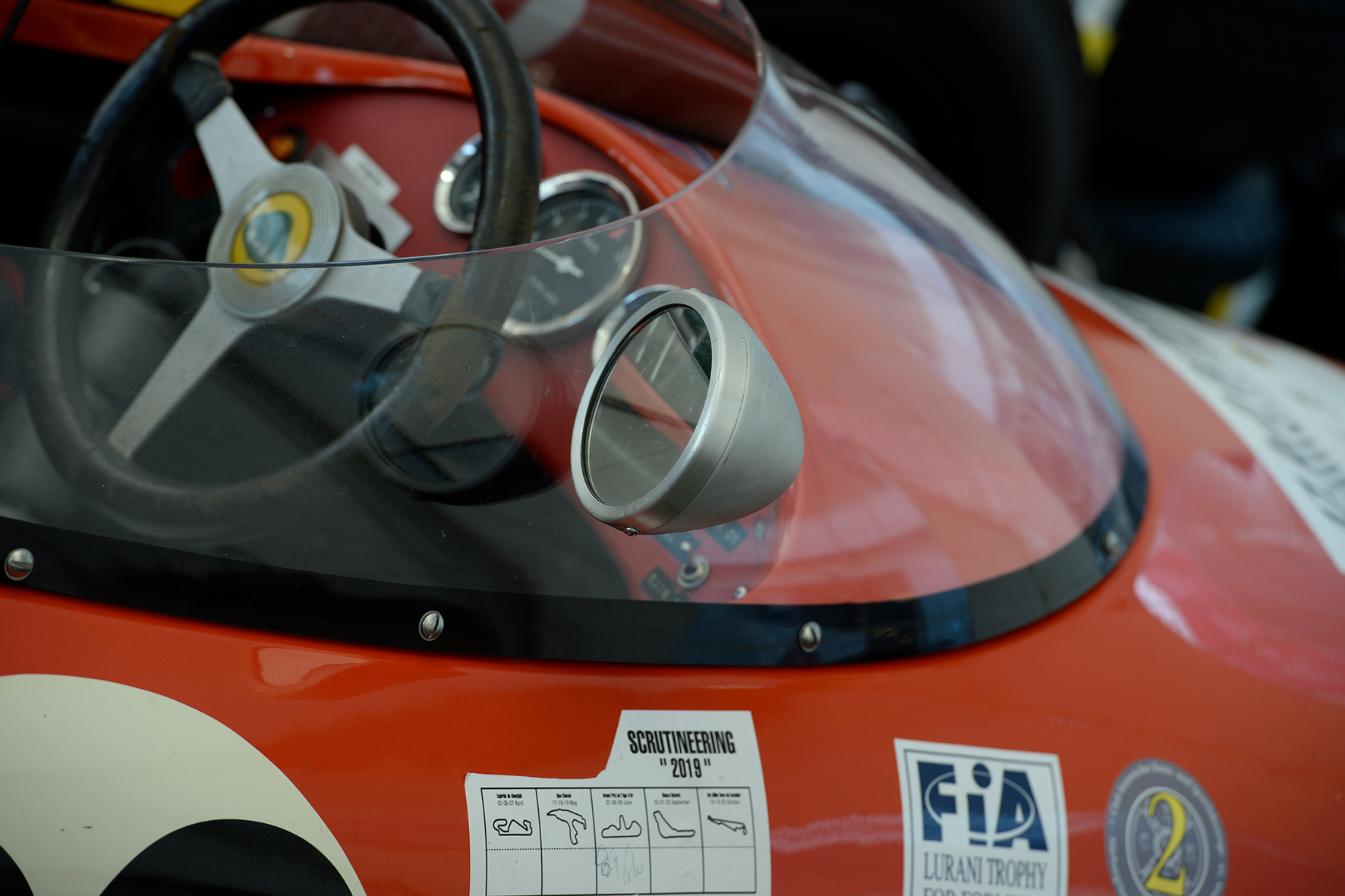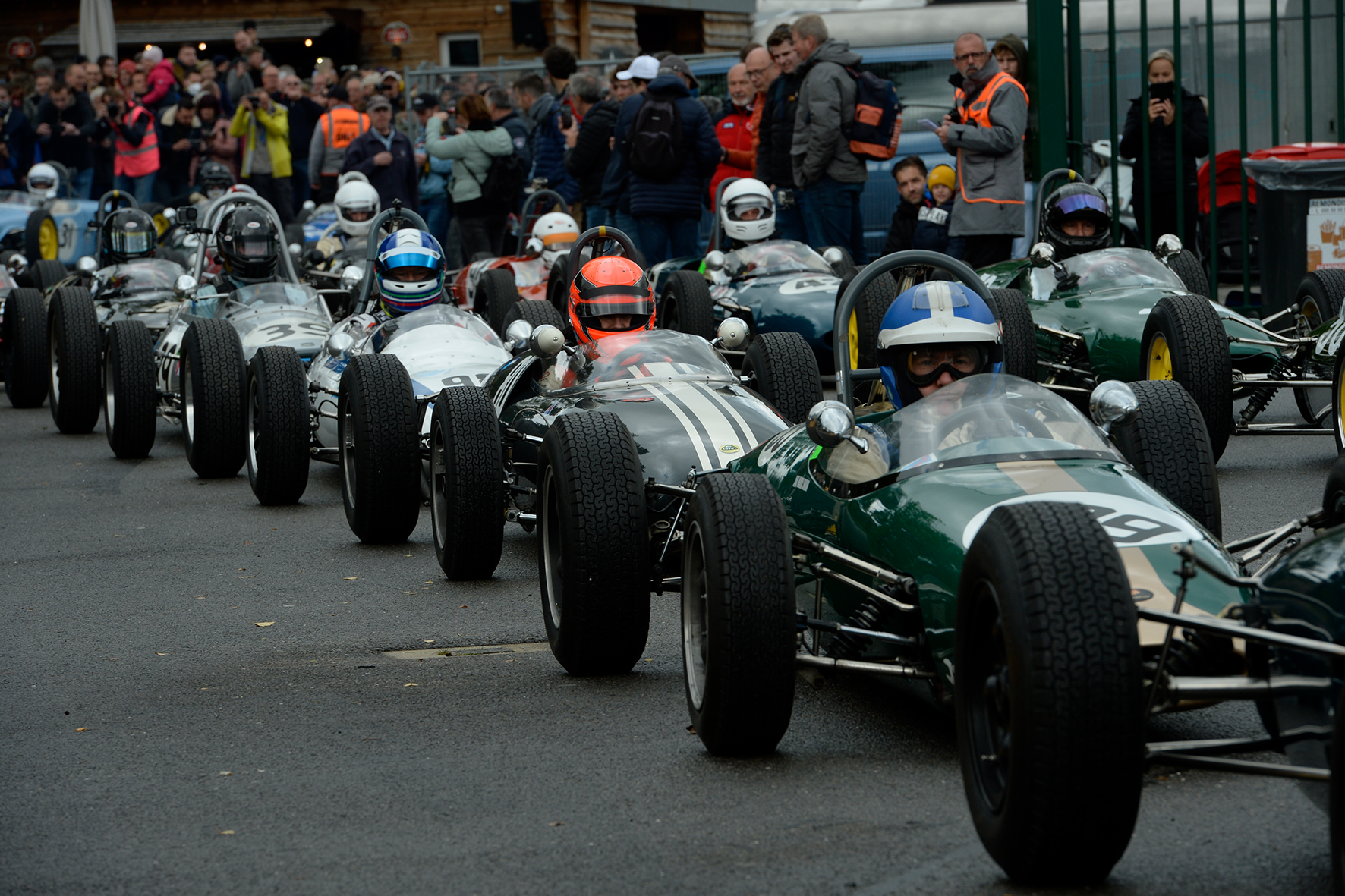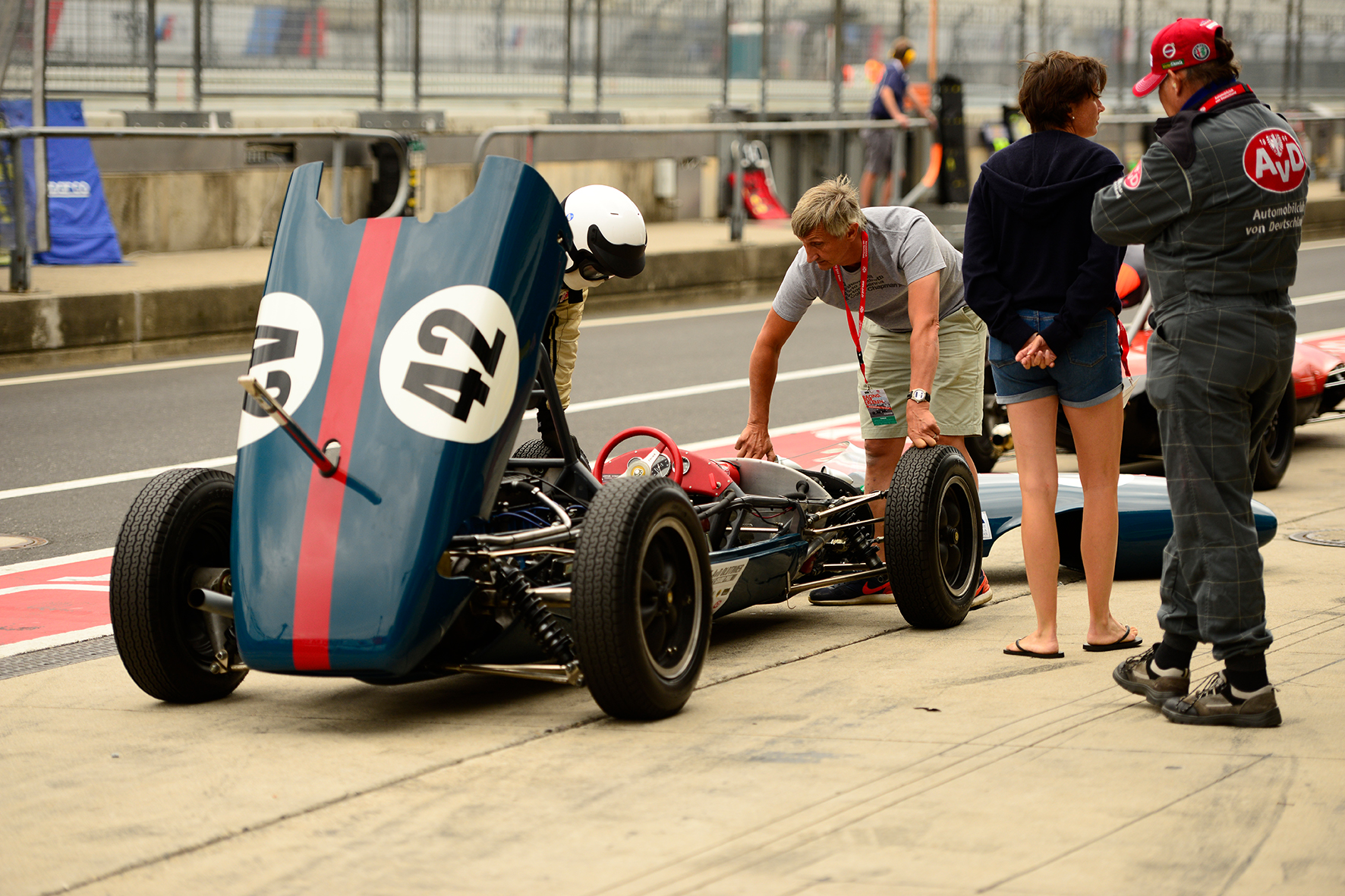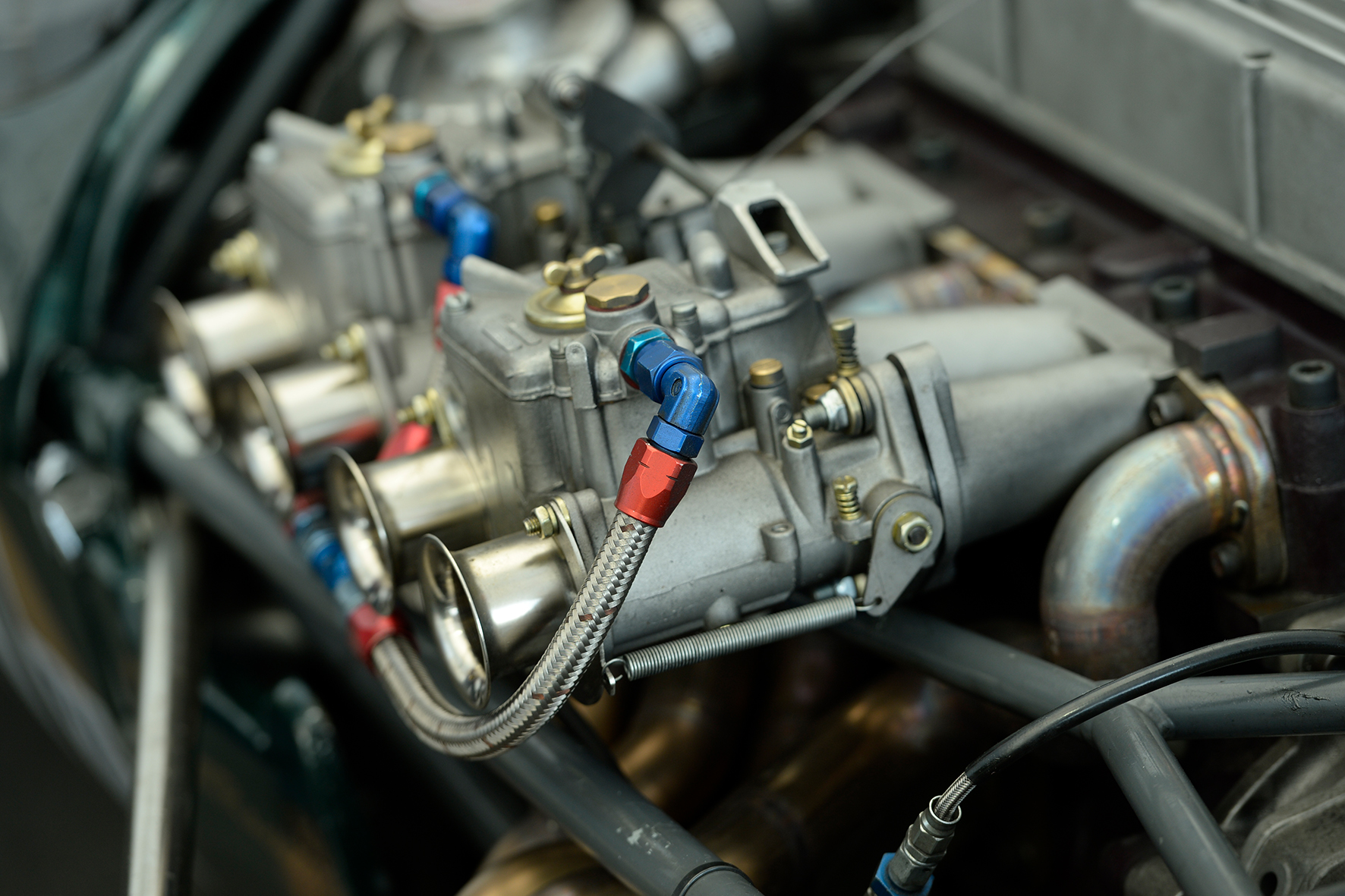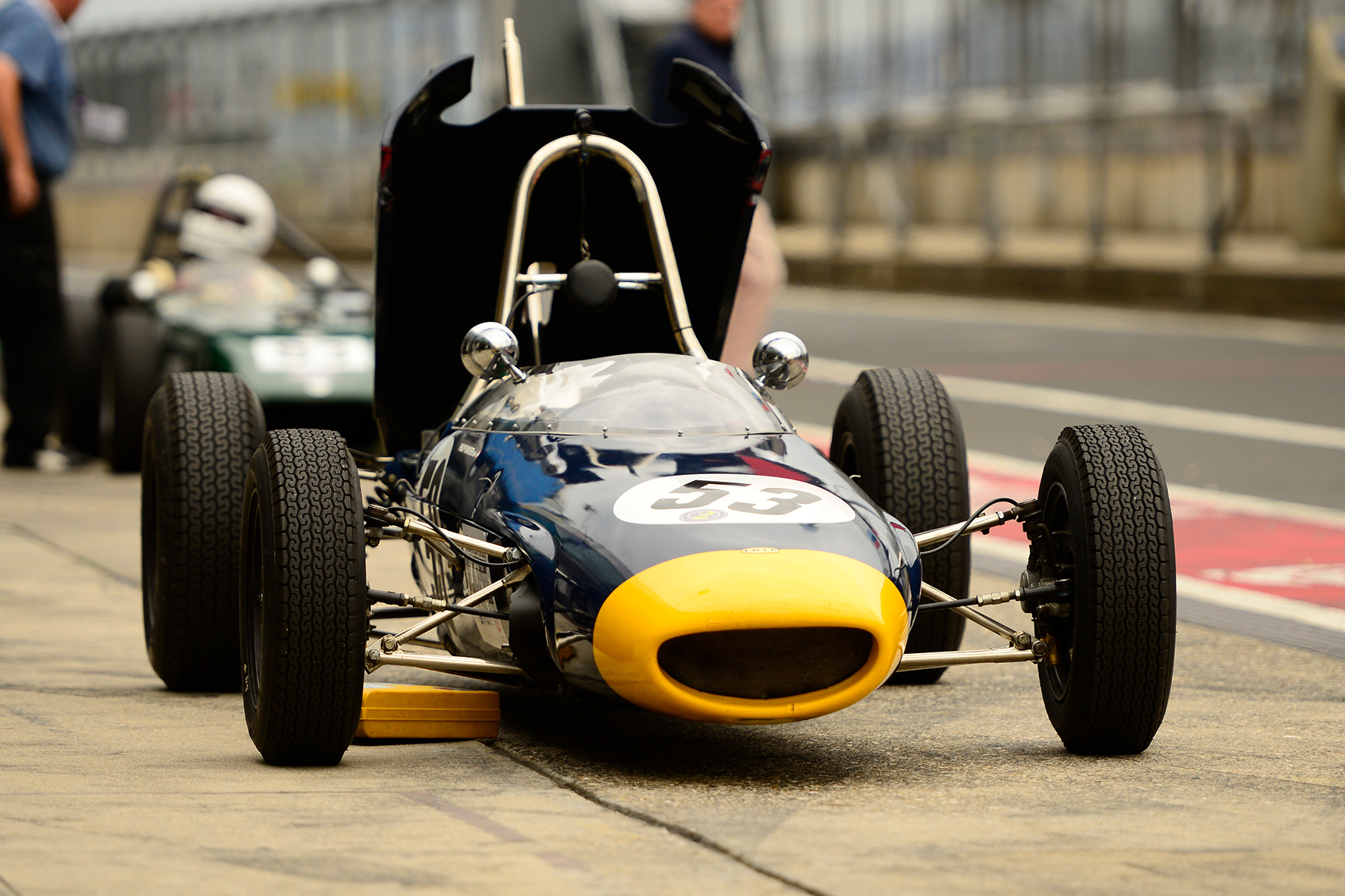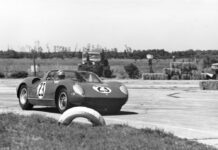The little single seaters with the look of a bit too small Formula One cars – these cars are called Formula Junior. They appeared for the first time in 1958 and disappeared in 1963 from the international race tracks. So they didn’t have a long history but the fascination to the public at today’s historic race events is pretty huge. The races are often very spectacular and the field is most of the time the largest at a weekend.
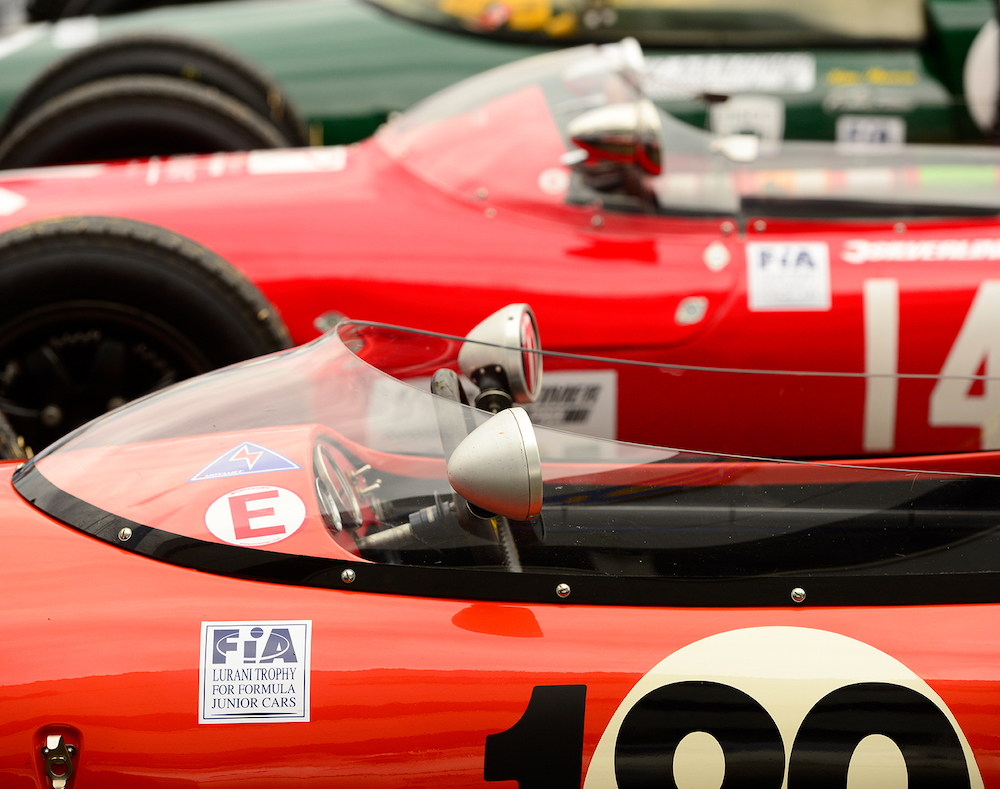
The Historic Formula Junior
Born in 1958 from an idea formulated by the Italian Count Giovanni Lurani, the Formula Junior is, with all respect, the ancestor of the current Formula 4, which is today the starting series for young talented drivers like Mick Schumacher. Conceived to provide a point of entry into single-seaters, Formula Junior also put itself forward as economical, by using mass-produced 1000 or 1100cc engines, gearboxes and brakes. This was the concept in 1958 for the Formula Junior, a very competitive race series for young drivers which is not that expensive in costs of the material and service.
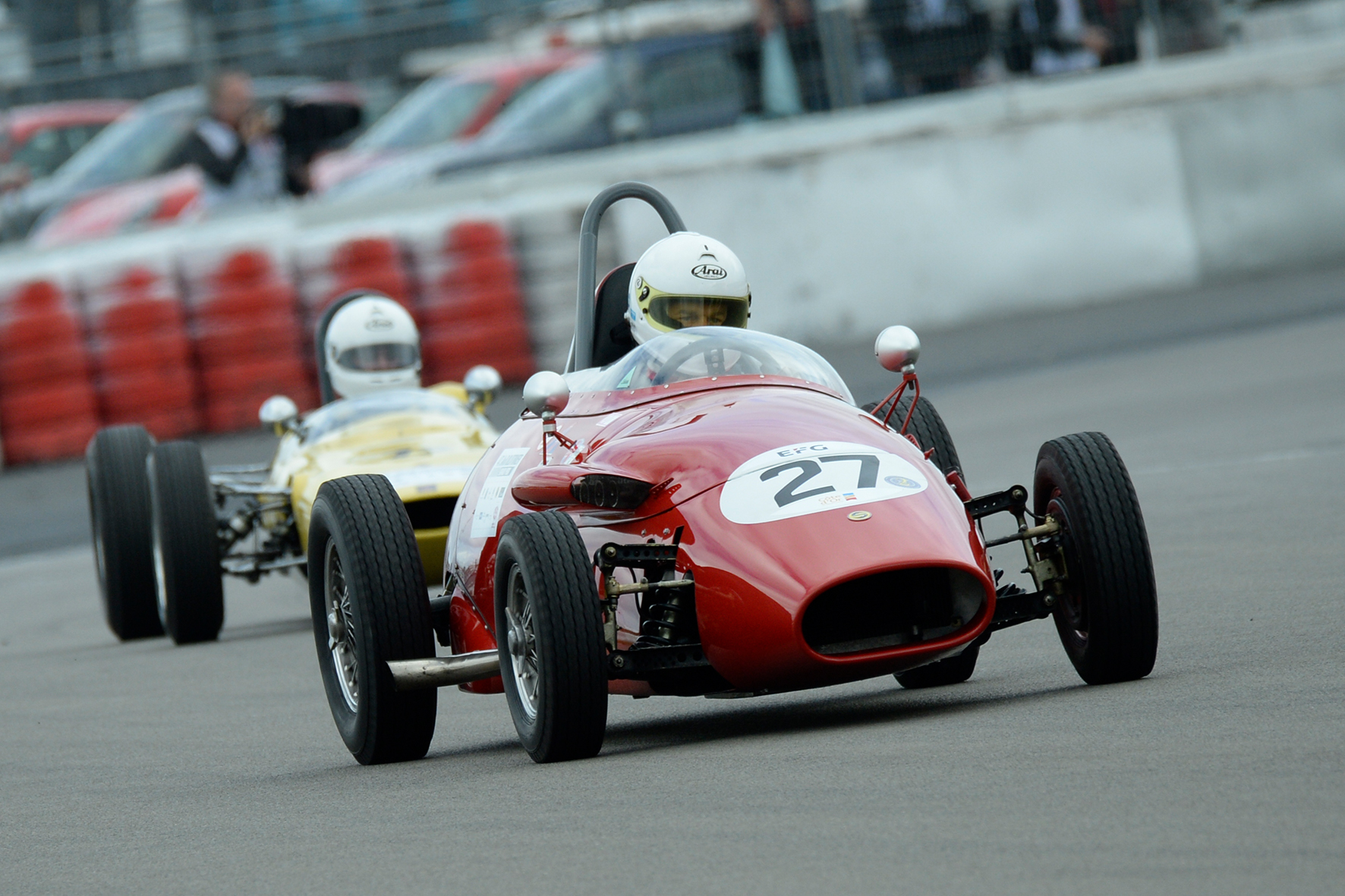
Right from the start, Formula Junior proved to be a big hit with the public, even to the extent of overshadowing the Formula 3 of the era, which used 500cc engines borrowed from motorcycles. It predominated as a resolutely international category by being present on virtually every continent from 1958 until 1963, before the reformation, in 1964, of Formulas 2 and 3.
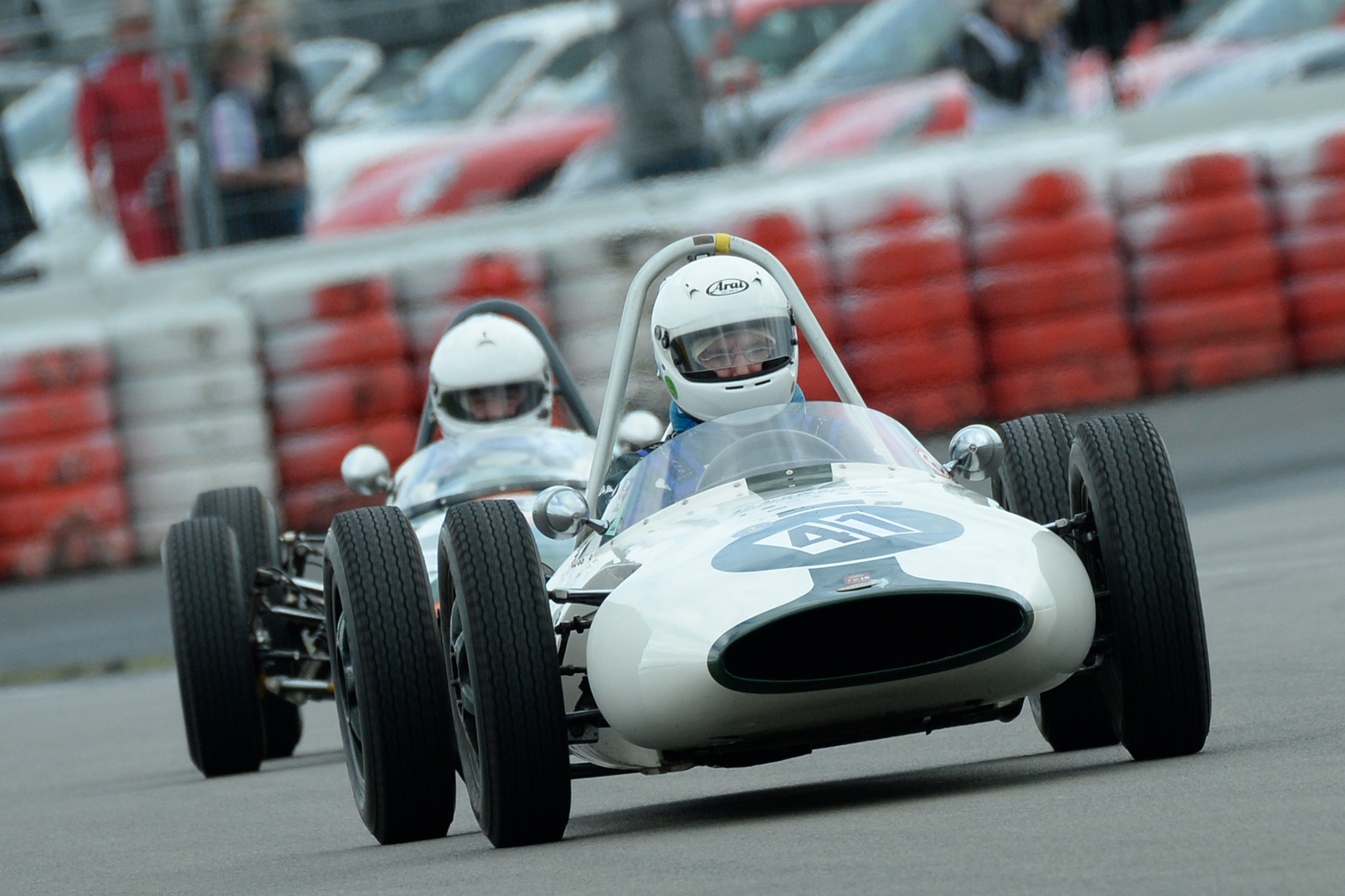
Throughout its six seasons, the evolution and development of the cars was pretty quick, passing from a front-engine configuration to rear-engined cars, into tubular chassis and even as the last evolution, with the Lotus 27, a monocoque chassis in aluminium.
The Formula Junior also provided a platform for several drivers who went on to dominate the Formula 1 later in their careers, such as Jim Clark, Jochen Rindt and John Surtees who took later some F1 World Championship Drivers titles, Jim Clark in 1963 and 1965 with Lotus, John Surtess in 1964 with Ferrari and finally Jochen Rindt with Lotus again in 1970.

A true pioneer, Formula Junior became the first single-seater Formula of the past to be revived as a historic series. This series attained the status of a full FIA Trophy in 1995, under the designation “FIA Lurani Trophy for Formula Junior Cars”, the reference to Count Lurani rounding off a rich successful history, which is now the official name of the series – The FIA Lurani Trophy for Formula Junior Cars. So many race cars appears in the Formula Junior series on the European tracks like the Lotus 18, 20 and 27, the Brabham BT 6, the Stanguellini FJ, the Elva 100 and 200, the Wainer FJ, the Branca FJ and many more. To be honest, at a closer look some of the cars look very fragile but the impression of the cars is always the one of a pretty fast race car.
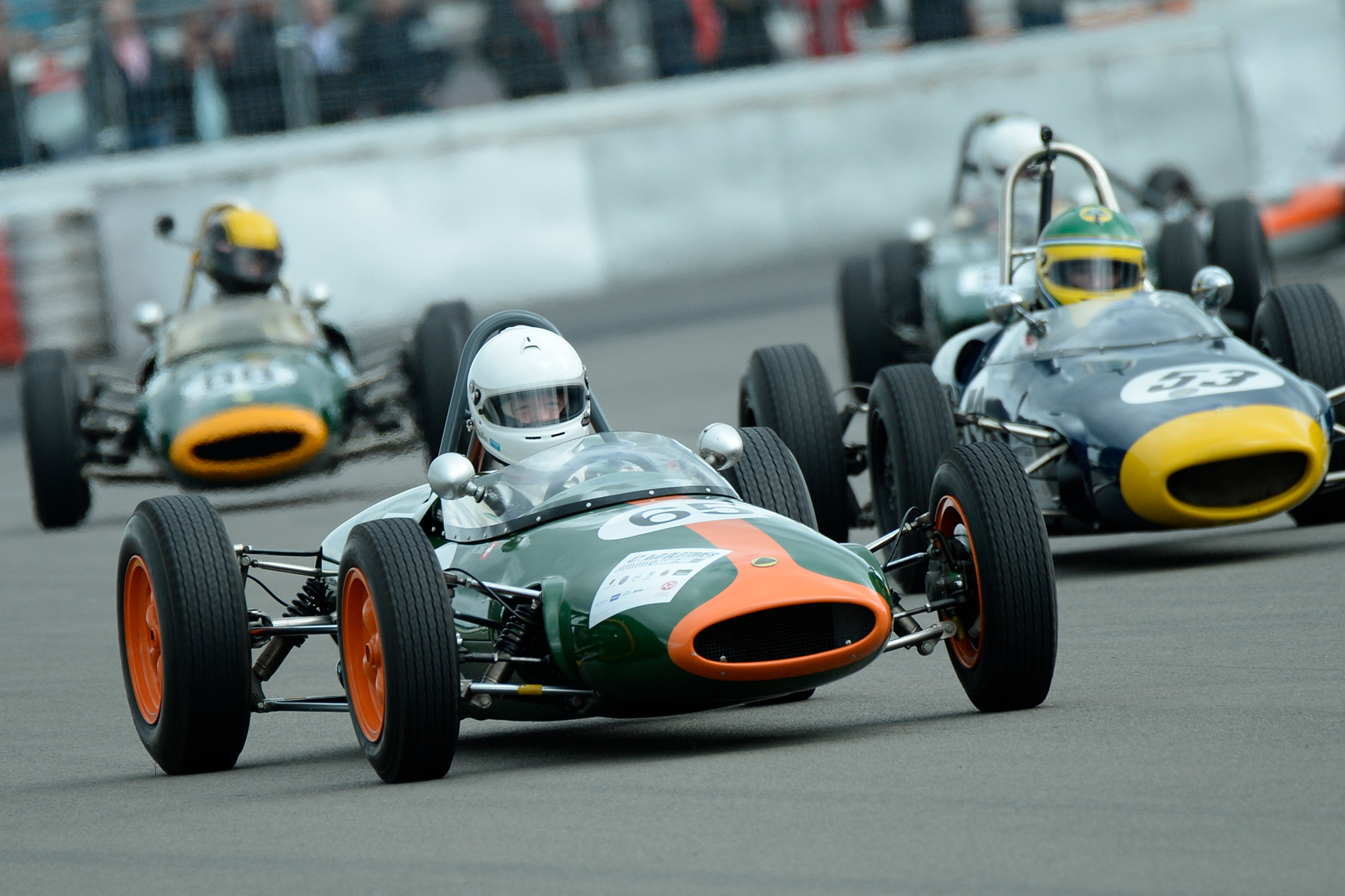
In addition to being a nice celebration of this important category in the history of competitions for single-seaters, the Lurani Trophy also have some of the most spectacular races in today’s historic events. The grid of cars are often very crowded and the drivers has to fight and drive hard for a victory. And the best thing about this fabulous series is the fact that in the Formula Juniors paddock, there is always a real family and friendly spirit and a shared passion among the competitors.

I can’t wait to watch the little single-seaters of Formula Junior and the FIA Lurani Trophy in 2023 appearing at the circuits like Hockenheim, Pau, Monza, Nürburgring, Zandvoort, Dijon or Spa Francorchamps. Report by our photographer Ralph Lüker.



